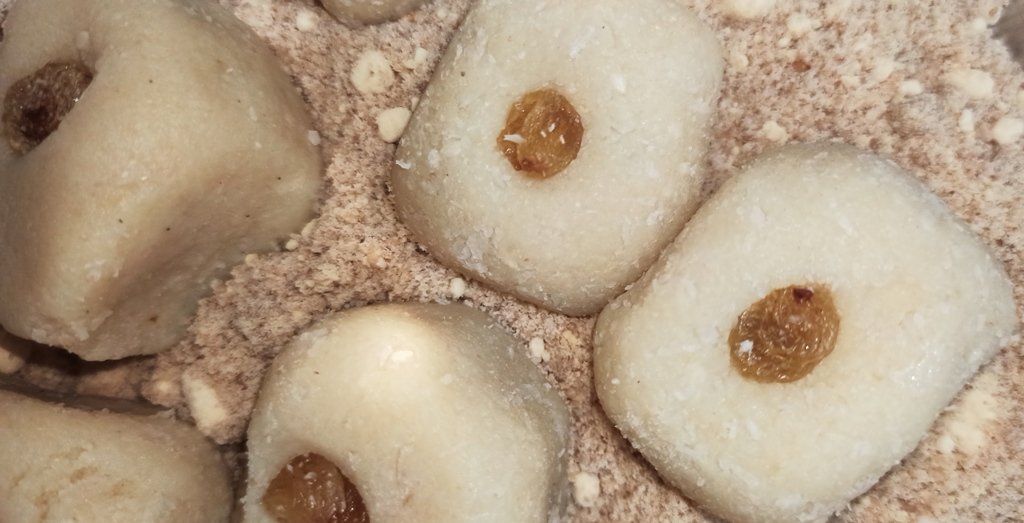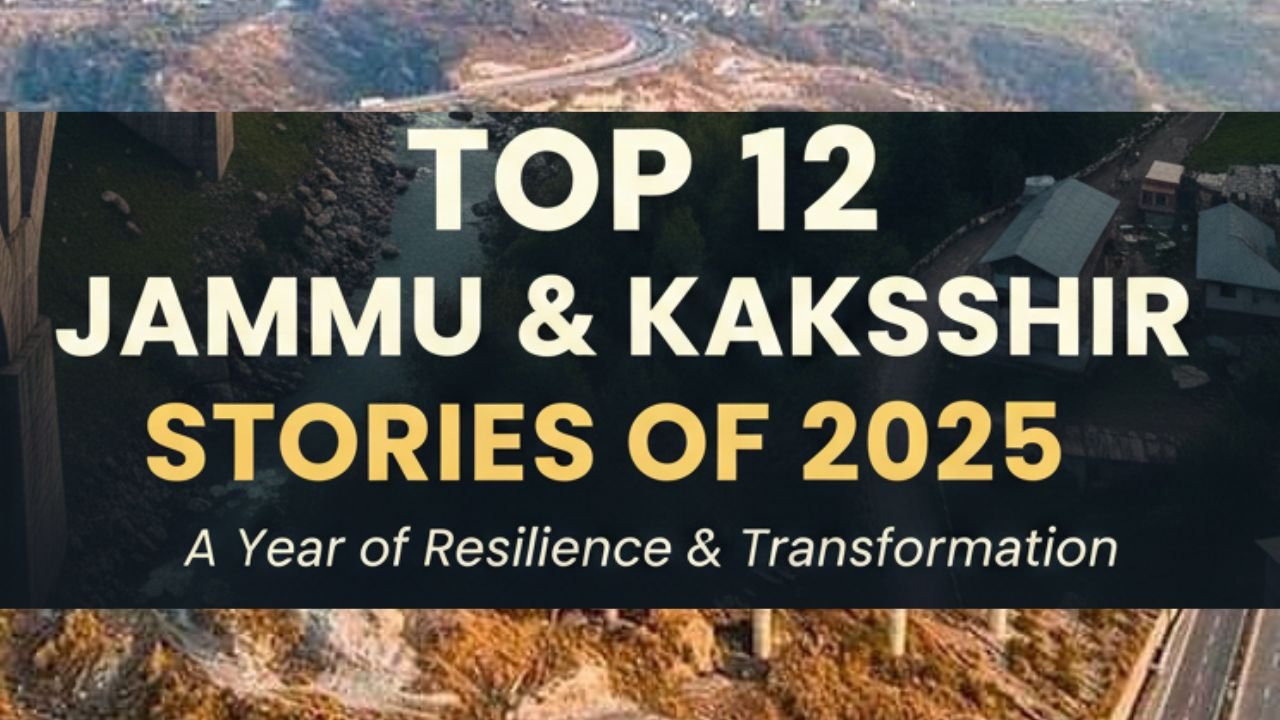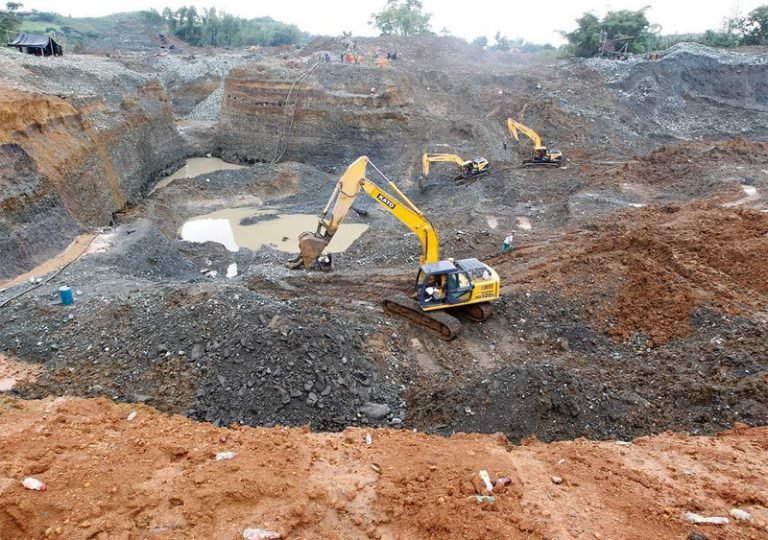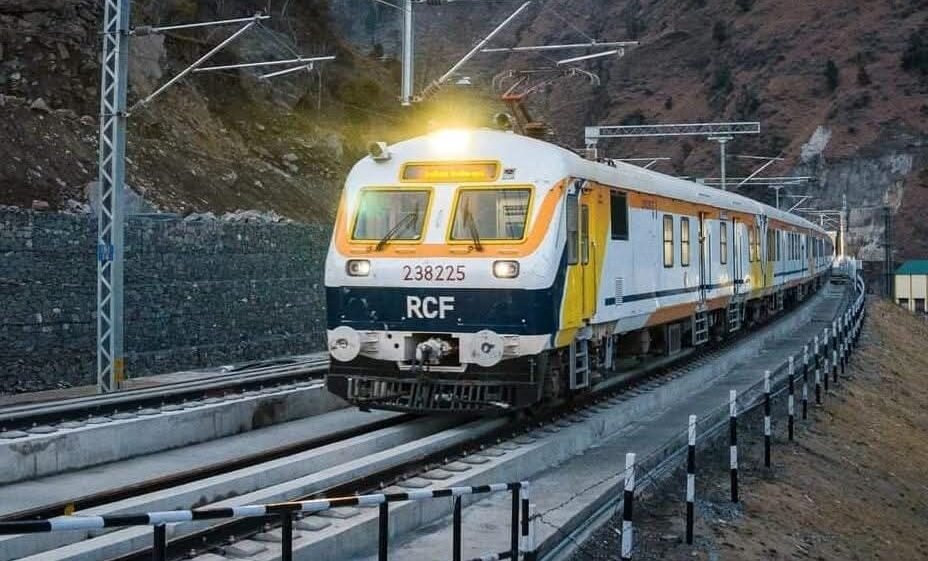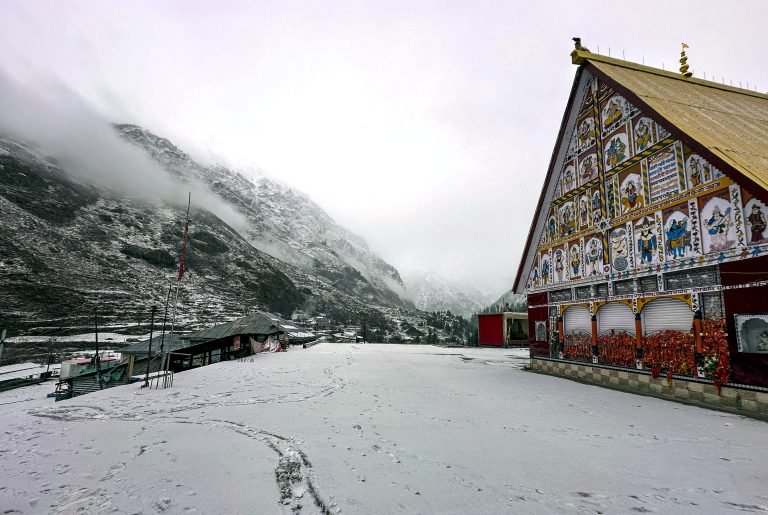By: Anmol Gupta
In the present times it is difficult to imagine life without Petroleum products. Right from powering transport to the countless household products derived from petrochemicals, it has come to become an integral part of our life. The clothes we wear, the plastic products we use, ropes/threads, packing material, casings, makeup etc in most cases today are being derived from petroleum. However, the single biggest use of petroleum remains the satisfaction of energy requirement of mankind with Petrol (46%), Diesel (20%) and Kerosene (8%) being the major petroleum derivatives across the world.
The International Energy Association (IEA) estimates that the total daily consumption of petroleum across the world was 96 million barrels of crude oil in 2016 or 35 billion barrels during the entire year (1 Barrel = 159 litres) and primarily driven by China and India, the demand is increasing annually at a rate of 1.2%. It is estimated that the nations of the world currently hold a total of 1.6888 trillion barrels of recoverable crude oil which at the current rate of growth in consumption will last another 53 years. Although with new discoveries being made every year and with the availability of viable technology to extract Shale oil, petroleum products are likely to remain available for several more decades. In fact, the shale oil reserves already identified or discovered are estimated at 4.8 trillion barrels of crude oil (3 times more than conventional crude oil).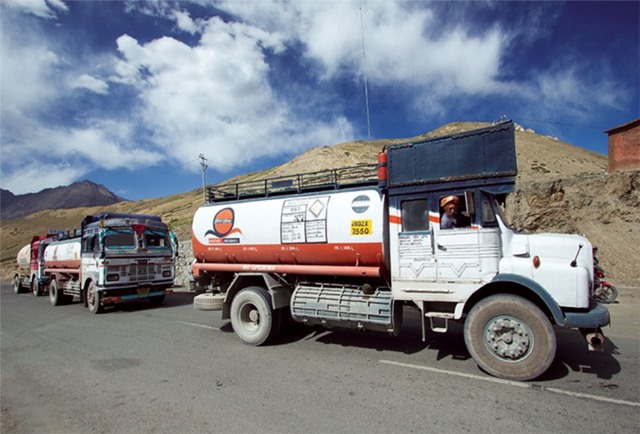
Even though Petroleum is adequately available, its presence is limited to certain geographies or countries. India which is among the largest economies of the world has very little petroleum reserves and consequently low production. In 2016, India had a total daily petroleum consumption of 4.1 million barrels (per day) while the crude oil production in the country was 734,000 barrels per day or around 20% of the total requirement. While the demand continues to rise, the production of crude with every passing year is actually falling. This has resulted in large scale reliance on imports from OPEC and other countries. In FY 2018, India had a huge petroleum import bill of $87 billion even when the crude oil prices were largely subdued. On account of the current increase in the prices of Crude Oil, the import bill is expected to top $120 billion during the current financial year. For a poor country like India which has very limited resources vis-à-vis its large population, high oil prices mean an increase in expenditure for the government considering the subsidies on Kerosene, LPG and fertilizers. If the crude oil prices remain at the current level of $75 to $80 per barrel, the oil subsidy bill is likely to be Rs 53,000 crore in FY 2019 which will be a huge deviation from the budgeted estimates of Rs 25,000 crore. Such a scenario could lead to a high fiscal deficit (or excess of expenditure over revenues) which in turn fuels inflation. We need to go back a few years to understand that what has lead to this current increase in the price of crude oil.
The price of crude oil reached a peak of $145 in 2008 and remained close to $100 for the next few years. During this period several companies began to invest in improving the methods for extraction of Shale Oil (so as to provide a substitute for conventional oil) which thus far had been considered economically unviable owing to the high costs involved in its production. Although discoveries of Shale Oil (also called tight oil) or oil found in hard rock formations were being made for several years, this period of consistently high price of conventional oil provided an opportunity to develop economically viable technologies for its extraction. On the back of increased production of Shale Oil, the total crude oil produced by USA (with 75% of global shale oil reserves) has reached a peak of 10.7 million barrels a day (in May 2018) against the country’s daily requirement of 20 million barrels a day. From the year 2014 onwards with the reduction in the oil imports by the United States (on account of the rise in shale oil production) and the large scale discovery and production of crude oil in Russia, the world witnessed excess supply of oil vis-à-vis the demand leading to a crash in global crude oil prices to $28 in February 2016 from a peak of $145 in 2008 and an average of $110 in the early part of 2014.
The crash in oil prices spelt bad news for the petroleum dependent economies of fourteen countries which form the Organisation of Petroleum Exporting Countries (OPEC) and produced 39.4 million barrels/day crude oil in 2016 or nearly 42% of the total crude oil consumption of the world. So dependent was the Venezuelan economy on oil that the country today just does not have any money to even import medicines and food articles for its citizens. The economy which was built around the proceeds from sale of oil today suffers from hyper inflation and had an inflation level of 13379% in April 2018. Even countries like Saudi Arabia had to cut down on their spending and had to introduce taxes (for the first time) in order to meet the shortfalls arising out of low prices of oil. In a bid to revive their revenues from Oil, these countries led by Saudi Arabia after repeated negotiations among themselves decided to cut the total production of oil by introducing a production cap for every member country. The OPEC ‘cartel’ received a further boost when in December 2017 Russia agreed with OPEC to a combined production cut of 1.8 million barrels a day. The eventual production cut has been even higher at 2.5 million barrels a day with production in Venezuela being much lower than the quota allowed to the country by OPEC. Consequently with this artificial disruption in the supply of Oil, the crude oil prices reached $80 per barrel in May 2018.
In India the clamour for a reduction in taxes on Petroleum products so as to bring relief to the common man is growing with every passing day. After all when the prices of Crude Oil had fallen sharply in 2015, the government had chosen to increase its revenues by increasing the taxes on Petroleum rather than passing the entire gain to the general public. The excise duty on petrol has been hiked by Rs 9.77 per litre and on diesel by Rs 11.47 when compared to 2014 (after taking into consideration the Rs 2 per litre cut in October 2017). The excise duty on Petroleum contributed total revenues of Rs 2.56 lakh crore for the Central Government during the FY 2018 which is a major increase from revenues of Rs 0.99 Lakh crore in FY 2014. A major portion of these taxes have been utilized for construction of Road and other physical infrastructure across the country and is partially responsible for the increase in pace of highway construction. Especially with the indirect tax collections post the implementation of GST yet to settle, the excise duty on Petroleum remains an important source of revenue for the government.
While the people in the country are absolutely justified in demanding a cut in taxes to rationalize fuel prices, the government on its part is not entirely wrong in not cutting the fuel prices as it will compromise on the fiscal prudence of the country. After all, a high fiscal deficit which the current dispensation has managed quite well till date will only come back to haunt the general public in the form of high inflation. The best course for the people will be to hope for lower crude oil prices at least till the time GST revenues of the government stabilize and (if it helps) to curse OPEC countries in general and Saudi Arabia in particular for forming this cartel which has brought misery to billions of people across the globe by artificially increasing oil prices. The government on its part should prepare a timeline for the gradual reduction of excise on Petroleum and for the inclusion of Petroleum under GST over the course of the next one year.


